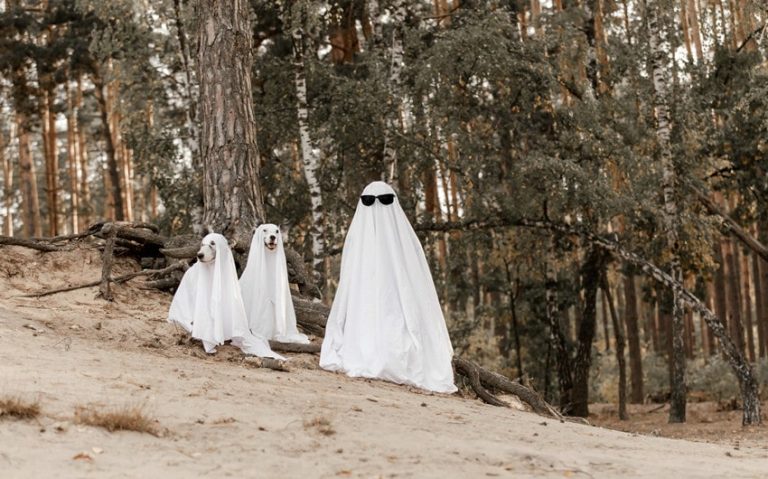What Exactly Is Buttrock? A Look at Its Evolution
If you’ve ever tuned into rock radio in the early 2000s, chances are you’ve heard buttrock—a genre that’s hard to miss but easy to recognize. With its catchy riffs, simple lyrics, and radio-friendly sound, it became a staple of mainstream rock. Love it or hate it, buttrock dominated the airwaves and still sparks debate among rock fans. But what exactly is buttrock, and why does it continue to resonate with so many listeners? Let’s dive into the world of this polarizing genre.
The Evolution of Buttrock: From Classic to Modern
Buttrock didn’t emerge overnight; its roots trace back to the hard rock and classic rock bands of the 70s and 80s. Bands like AC/DC, Foreigner, and Journey laid the foundation with powerful, straightforward rock anthems that emphasized big riffs, catchy hooks, and relatable lyrics.
These bands created accessible rock music that appealed to a wide audience, establishing the core sound that would later evolve into what we know as buttrock. Their songs became stadium rock anthems, and their influence carried into the next decades of rock.
As rock music transitioned into the 90s, the grunge era took over with its raw, emotional sound, but it wasn’t long before a new form of mainstream rock began to take shape. Post-grunge bands like Creed, Nickelback, and 3 Doors Down carried elements of grunge’s heavier sound but smoothed it out with more radio-friendly production and less angst.
This shift gave rise to the modern version of buttrock—a sound that embraced the simplicity and catchiness of classic rock, but with a polished, commercial edge. It was built for radio and resonated with a broad audience looking for accessible rock music.
By the early 2000s, buttrock had fully solidified its place on rock radio. Bands like Puddle of Mudd, Daughtry, and Staind continued the trend, creating music that combined heavy guitars with straightforward lyrics about love, heartbreak, and overcoming struggles. These bands avoided the edgier experimentation of alternative rock, instead leaning into a sound that was safe, familiar, and instantly recognizable. Buttrock had become the go-to genre for mainstream rock, dominating radio airwaves and shaping the sound of the decade.
What Defines Buttrock?
Buttrock is characterized by a few defining musical and lyrical traits that make it easy to identify. Musically, buttrock features repetitive guitar riffs, mid-tempo rhythms, and simple song structures that are designed to be catchy and radio-friendly. The sound is big and polished, with an emphasis on heavy guitar chords and a powerful, driving beat. Unlike more experimental rock genres, buttrock sticks to tried-and-true formulas, ensuring the music is accessible and easy to digest for a wide audience.
Lyrically, buttrock often revolves around themes of masculinity, rebellion, and emotional struggles. Common topics include heartbreak, defiance, and personal resilience. The lyrics tend to be straightforward and literal, avoiding metaphor or abstract ideas in favor of clear, direct messaging.
This makes buttrock songs relatable to listeners, especially when they touch on universal themes like love, loss, and personal battles. The lack of lyrical complexity is both a strength and a criticism of the genre, as it appeals to casual listeners but can feel formulaic to others.
Another key aspect of buttrock is its overall tone. The genre has been labeled as “safe” rock because it lacks the raw emotion or cutting-edge experimentation found in other rock subgenres like punk, grunge, or metal. Instead, buttrock aims for a middle ground—powerful enough to keep rock fans engaged but polished enough for mainstream radio.
This radio-friendly sound, paired with the genre’s approachable themes and accessible music, has made buttrock a commercial success, even as critics argue that it lacks creativity and artistic depth.
Bands Associated with Buttrock
Several bands have become synonymous with the buttrock label, often defined by their mainstream success, formulaic rock sound, and accessible lyrics. These bands dominated the airwaves in the late 90s and early 2000s, becoming fixtures on rock radio and shaping the genre’s identity. While they may have drawn criticism for their “safe” sound, they also cultivated massive fan bases and released chart-topping hits. Below are some of the most notable bands associated with buttrock.
1. Nickelback
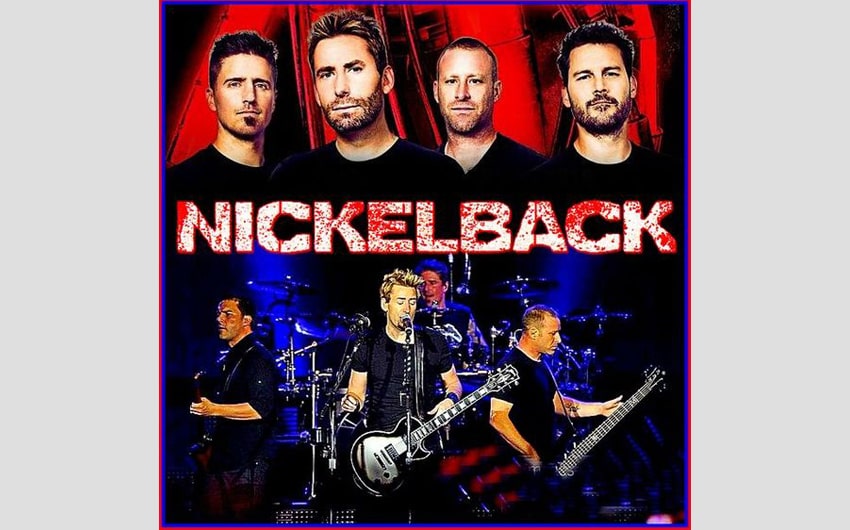
Image source: pinterest
Nickelback is arguably the most famous—or infamous—band associated with buttrock. Known for songs like “How You Remind Me” and “Photograph,” Nickelback achieved massive commercial success with their blend of grunge-inspired rock and radio-friendly production. Their songs feature simple, catchy riffs and lyrics that appeal to a wide audience, often focusing on themes of love, nostalgia, and personal struggles.
Despite their popularity, Nickelback has faced considerable backlash from critics who argue that their music is repetitive and lacks depth, solidifying them as the poster band for buttrock.
2. Creed
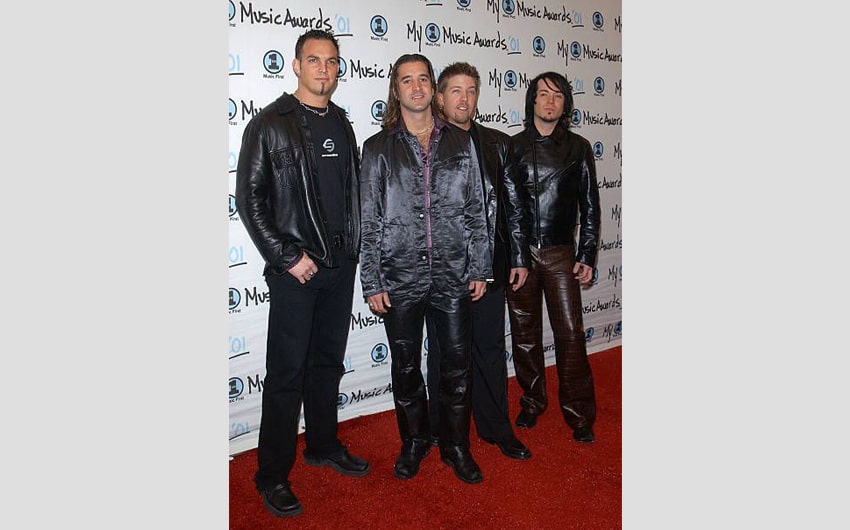
Image source: pinterest
Creed emerged in the late 90s with a sound that blended post-grunge angst with a more accessible rock formula. Songs like “With Arms Wide Open” and “Higher” showcased their ability to create emotionally charged, anthemic tracks that resonated with mainstream audiences.
Frontman Scott Stapp’s deep, dramatic vocals became a defining feature of the band’s sound, contributing to their reputation as a buttrock band. Creed’s success helped pave the way for many similar bands in the early 2000s, cementing their place in the genre’s history.
3. Daughtry
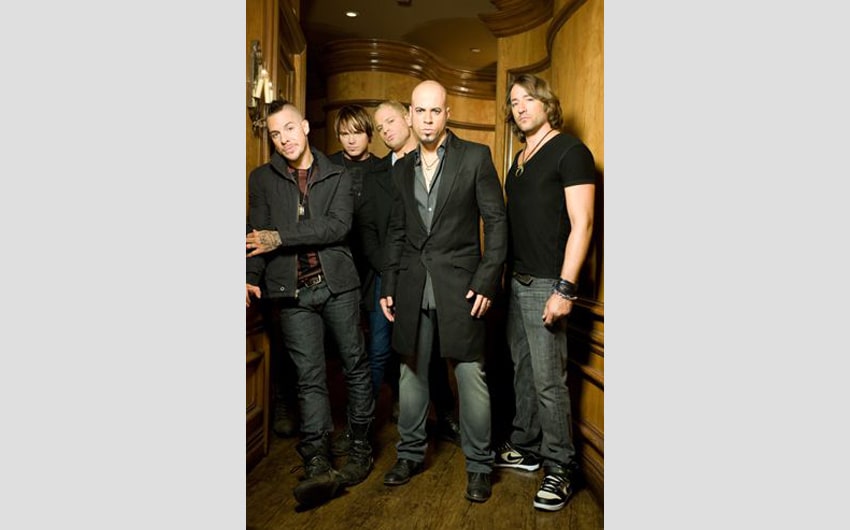
Image source: pinterest
Led by American Idol alum Chris Daughtry, the band Daughtry quickly became a staple of rock radio in the mid-2000s. Their debut album, Daughtry, included hits like “It’s Not Over” and “Home,” which combined emotional lyrics with a polished rock sound.
Daughtry’s music is often seen as the epitome of radio-friendly rock, with straightforward songwriting and themes that focus on personal struggles, resilience, and love. The band’s blend of post-grunge influences and pop-rock appeal has earned them both commercial success and a place in the buttrock conversation.
4. Puddle of Mudd
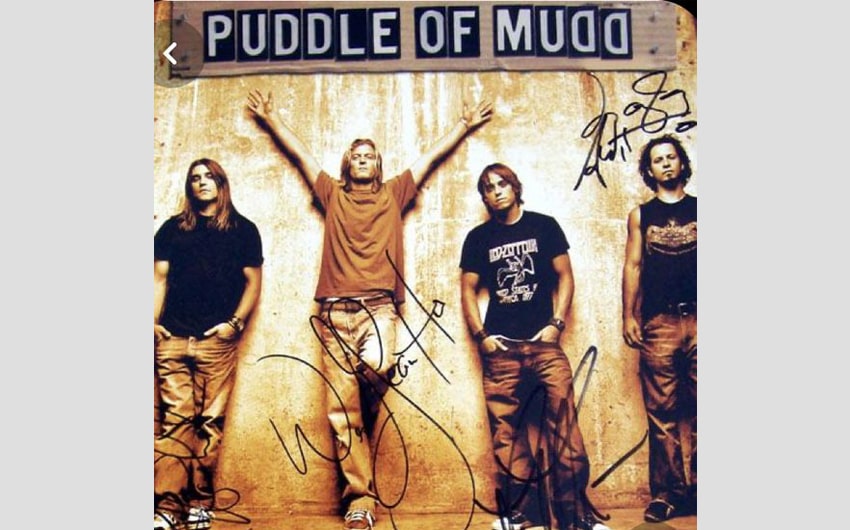
Image source: pinterest
Puddle of Mudd rose to fame in the early 2000s with their breakout hit “Blurry.” Their sound is marked by heavy, distorted guitars and raw, emotional lyrics that often touch on themes of relationships, inner turmoil, and personal frustration.
Despite their success, Puddle of Mudd has been labeled a buttrock band due to their repetitive musical structures and radio-friendly approach. Songs like “She Hates Me” showcase the band’s ability to craft catchy rock anthems, but they’ve also faced criticism for lacking the edge and innovation of other rock genres.
5. 3 Doors Down
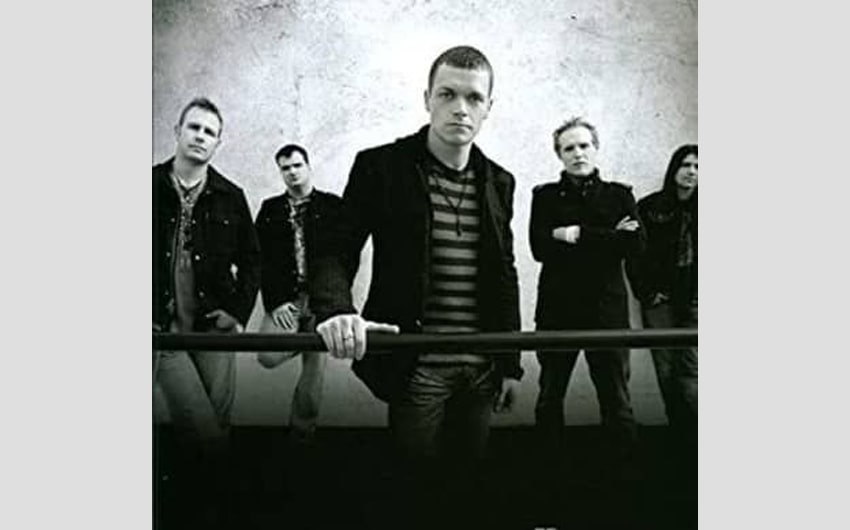
Image source: pinterest
3 Doors Down became a household name with their hit song “Kryptonite,” a track that encapsulates many of the core characteristics of buttrock—simple, memorable riffs paired with emotionally charged lyrics.
The band’s subsequent hits, like “Here Without You” and “When I’m Gone,” continued to explore themes of love, loss, and personal strength. 3 Doors Down’s success in creating accessible, mainstream rock made them a defining band of the buttrock era, often appealing to listeners seeking straightforward, relatable music.
6. Staind
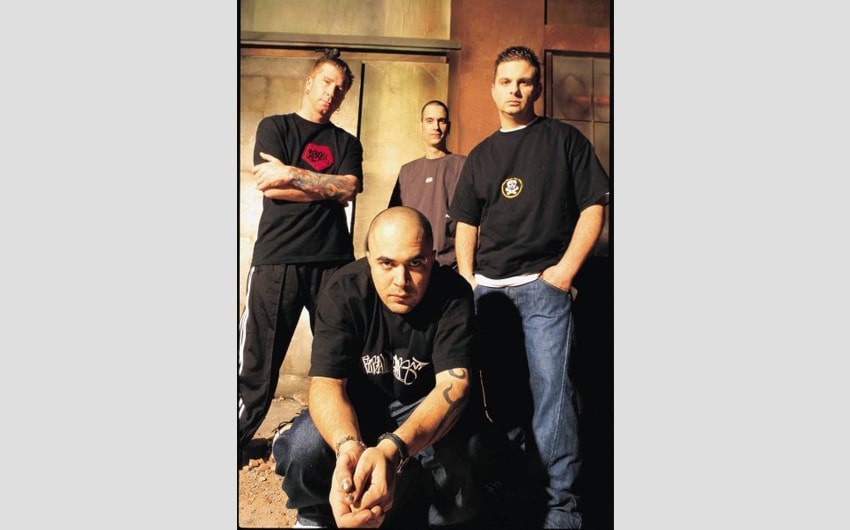
Image source: pinterest
Staind is another band that blends the heavy, emotional elements of post-grunge with the polished sound of buttrock. Songs like “It’s Been Awhile” and “Outside” showcase the band’s ability to delve into deeply personal, often melancholic themes, which resonated with listeners in the early 2000s.
Lead singer Aaron Lewis’s emotional delivery became a trademark of the band’s sound. While Staind is often praised for their emotional depth, they are also categorized as a buttrock band due to their adherence to familiar musical formulas and radio-friendly production.
7. Hinder
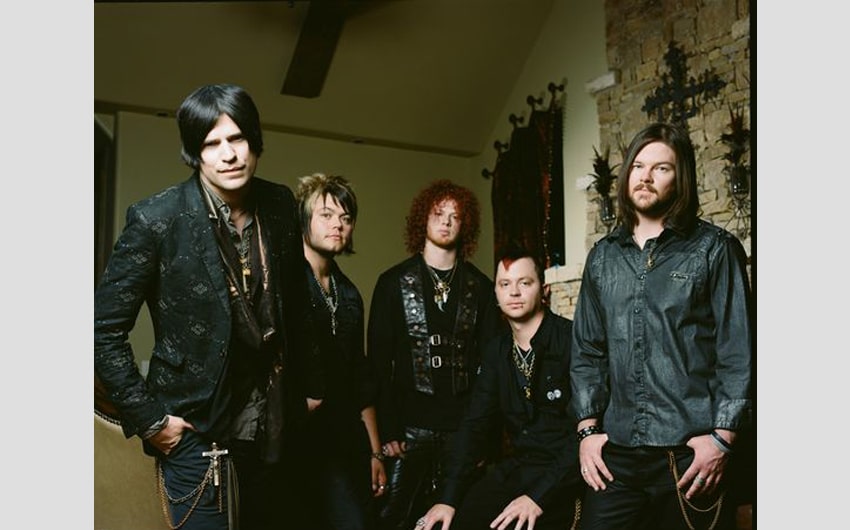
Image source: pinterest
Hinder burst onto the scene with their hit “Lips of an Angel,” a power ballad that epitomizes buttrock’s focus on love, heartbreak, and melodrama. The band’s blend of rock and pop sensibilities made them a success on mainstream radio, and their music often centers around themes of relationships and partying.
Hinder’s straightforward songwriting and reliance on familiar rock tropes have led to them being labeled as a quintessential buttrock band, appealing to fans who enjoy catchy, easy-to-listen-to rock.
8. Breaking Benjamin

Image source: pinterest
Breaking Benjamin achieved commercial success in the 2000s with hits like “The Diary of Jane” and “So Cold.” Their music combines hard rock elements with buttrock’s signature polished sound, creating anthemic, emotionally driven tracks that resonate with a wide audience.
Breaking Benjamin’s themes often revolve around personal struggles, defiance, and inner conflict, making their music accessible and relatable. While their sound incorporates heavier elements, their mainstream appeal and adherence to rock radio formulas place them firmly within the buttrock category.
9. Shinedown
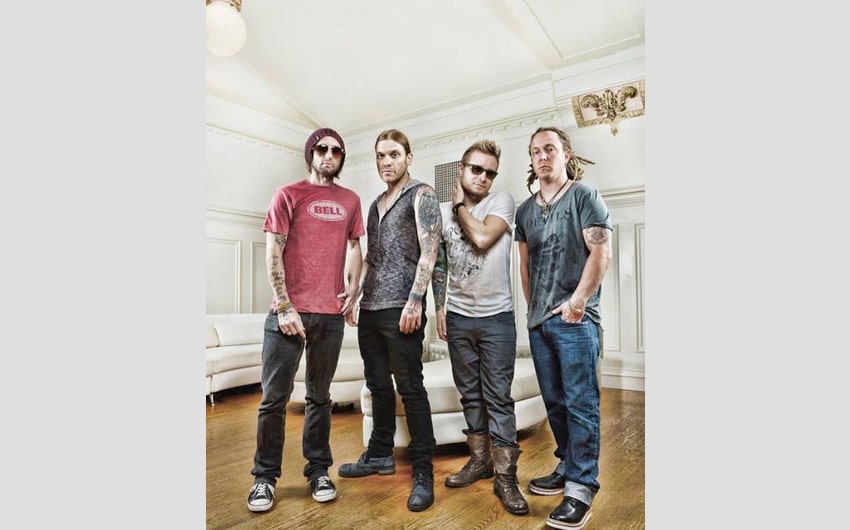
Image source: pinterest
Shinedown’s blend of hard rock and buttrock aesthetics made them a staple on rock radio in the 2000s. With hits like “Second Chance” and “Save Me,” the band’s emotionally charged lyrics and big, anthemic choruses helped define their sound.
Shinedown’s music often explores themes of personal growth, overcoming adversity, and emotional resilience, which has made them a popular choice for fans of mainstream rock. Their ability to combine accessibility with hard rock influences solidifies their association with buttrock.
10. Seether
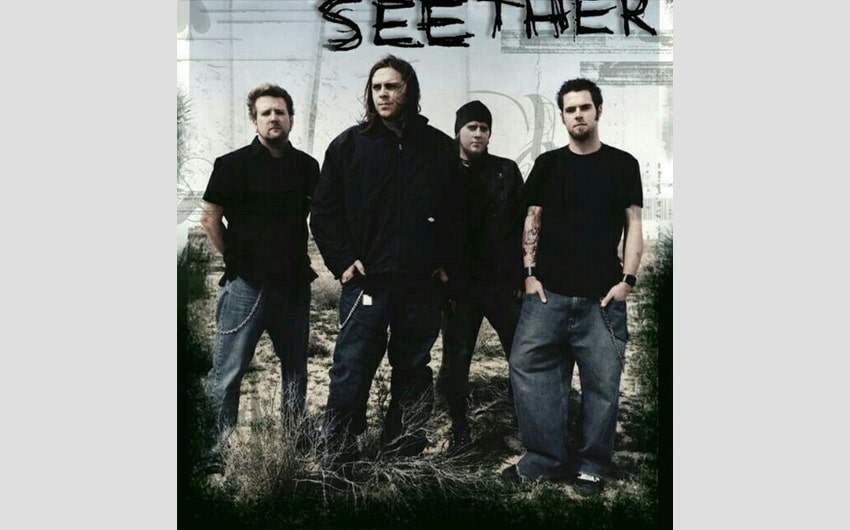
Image source: pinterest
Seether’s grunge-inspired sound, paired with buttrock’s accessible and polished production, earned them a spot in the genre’s hall of fame. Hits like “Broken” and “Remedy” showcase the band’s signature mix of heavy guitars, emotional lyrics, and radio-friendly hooks.
Seether’s music often touches on themes of pain, personal turmoil, and introspection, making their songs relatable to a broad audience. Despite their grunge influences, the band’s mainstream success and adherence to buttrock formulas have earned them a spot among the genre’s most notable bands.
Criticism of Buttrock
Buttrock has been a divisive genre, drawing significant criticism from both rock purists and casual listeners alike. One of the most frequent complaints is that buttrock is formulaic, relying on repetitive structures, predictable chord progressions, and overly simplistic lyrics. Critics argue that the genre sacrifices creativity and innovation in favor of a safe, commercial sound designed to appeal to the masses. As a result, many believe that buttrock lacks the artistic depth and edge that defined earlier rock movements like punk or grunge.
Another major point of contention is the perceived inauthenticity of buttrock. Unlike the raw, emotional expression seen in grunge or punk rock, buttrock is often criticized for being too polished and manufactured.
Detractors argue that the genre’s lyrics and themes are generic, filled with clichés about heartbreak, rebellion, and resilience that don’t offer any real insight or emotional complexity. This approach to songwriting, according to critics, makes buttrock feel more like a product designed for mass consumption than a true form of artistic expression.
Additionally, the genre’s popularity has led to accusations of oversaturation. With numerous bands following the same musical and lyrical formulas, listeners began to feel fatigued by the seemingly endless stream of similar-sounding songs that dominated rock radio in the late 90s and early 2000s.
For many, buttrock represented the commercialization of rock music, where originality and risk-taking were abandoned in favor of producing hits that could easily climb the charts. This led to a backlash against the genre, with fans of alternative and indie rock viewing buttrock as a diluted, corporate version of what rock music should be.
Buttrock’s Place in Modern Rock
Despite the criticism, buttrock continues to hold a significant place in the modern rock landscape. While its heyday may have been in the early 2000s, many buttrock bands still enjoy commercial success and maintain a loyal fan base.
Bands like Nickelback, Shinedown, and Breaking Benjamin continue to tour and release new music, and their songs remain staples on rock radio. In fact, the enduring popularity of these bands suggests that, despite the genre’s detractors, buttrock resonates with listeners who appreciate its accessible, anthemic qualities.
In modern rock, buttrock’s influence is still apparent, even as the genre has evolved. Many newer bands draw inspiration from the sound and structure of buttrock, incorporating its polished production and radio-friendly hooks into their music.
While the genre may not dominate the charts the way it once did, it continues to serve as a template for mainstream rock, where catchy melodies and relatable lyrics remain key to success. For many listeners, buttrock fills a niche—providing familiar, high-energy rock that’s easy to enjoy and doesn’t demand deep introspection.
Moreover, the genre’s place in modern rock is buoyed by nostalgia. Many listeners who grew up with buttrock during its peak in the late 90s and early 2000s now look back fondly on the music, contributing to its lasting appeal.
Nostalgia tours, greatest hits albums, and reunion shows for buttrock bands have become increasingly popular, allowing the genre to maintain relevance in the rock scene. While it may never regain its former dominance, buttrock has carved out a lasting spot in modern rock culture, proving that even highly commercialized genres can leave a lasting legacy.







